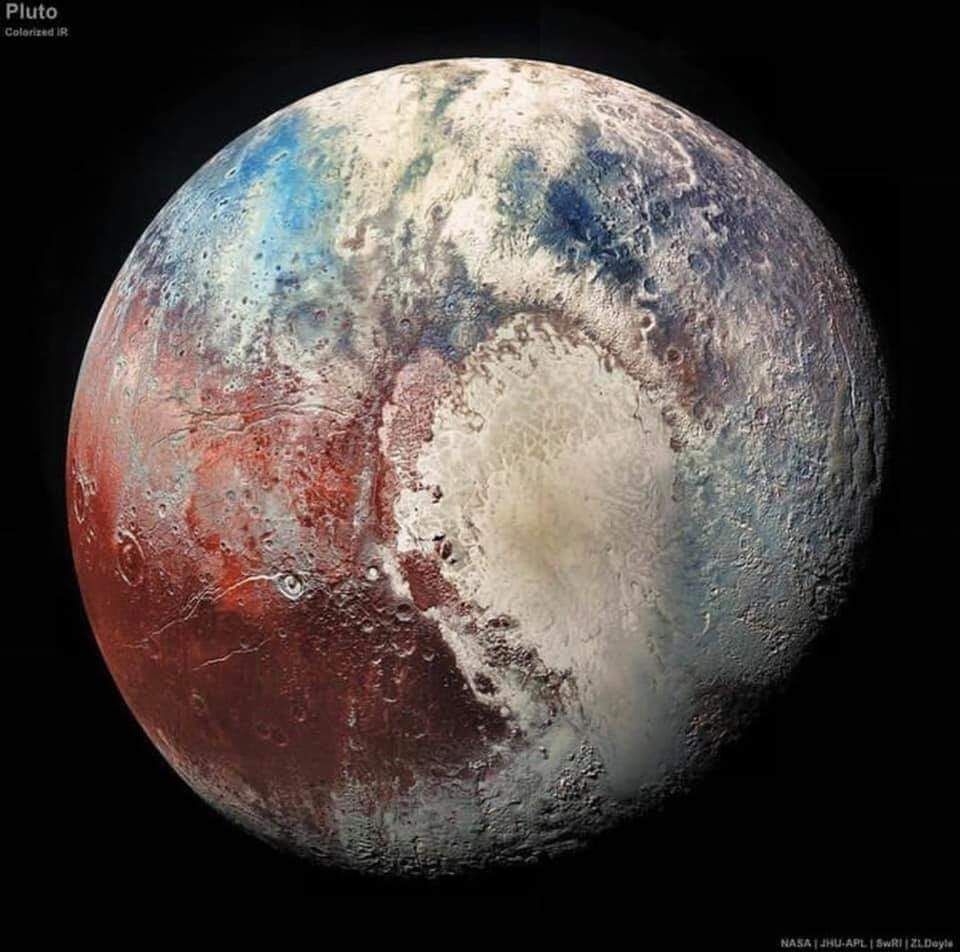Snake_Baker
The one true King of the North
- Apr 24, 2013
- 81,024
- 153,169
- AFL Club
- North Melbourne
- Other Teams
- Essendon Lawn Bowls Club
- Banned
- #51
Juno flies by Jupiter
Follow along with the video below to see how to install our site as a web app on your home screen.
Note: This feature may not be available in some browsers.



It's immensely far away and required a telescope the size of the Earth to take... so yeah it's a bit blurry.That's it?? What a crappy pic!
holy *....
It's immensely far away and required a telescope the size of the Earth to take... so yeah it's a bit blurry.
It's probably put on weight since then (cue the mum/dad jokes), gobbled up some unlucky asteroids and maybe a star or twoSo the pic is of the black hole 53.5 million years ago... wonder how it's going these days.
I don't judge the poor fella, I've gained a few pounds too. Interesting to think that if there is an advanced civilization a similar distance away who are observing earth, they're seeing the period about 10mil years post dinosaurs. Although they'd probably have some wormhole cam technology to observe in real-time.It's probably put on weight since then (cue the mum/dad jokes), gobbled up some unlucky asteroids and maybe a star or two



